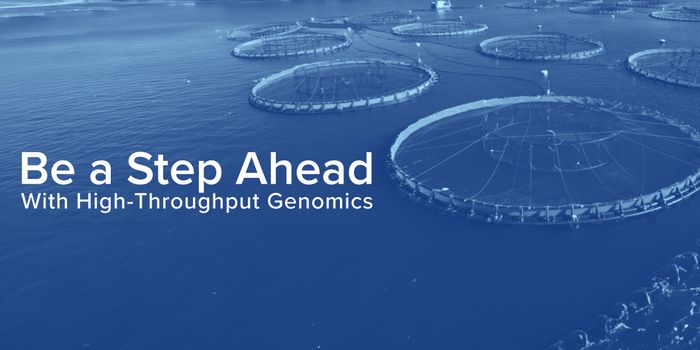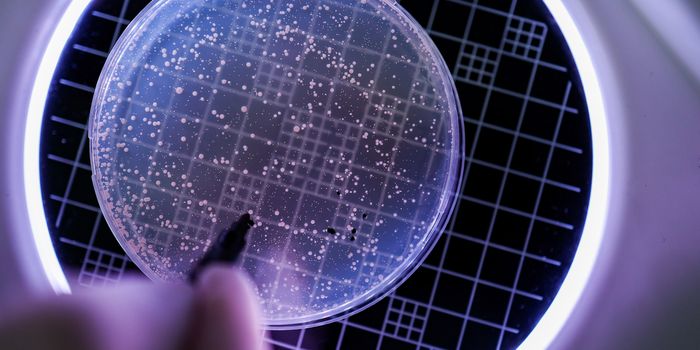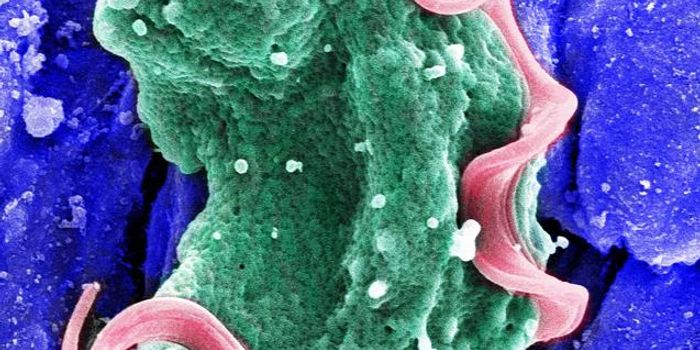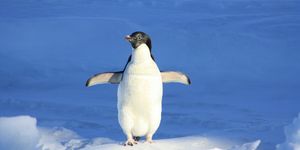Unusual Fungi Found in Marine Environments
It’s been estimated that microorganisms make up 98 percent of the biomass in the world's oceans, and there is a lot we still don’t know about many of them. Marine fungi are especially overlooked, though they may play many important roles. Researchers at the Marine Biological Laboratory (MBL) have begun an effort to learn more about marine fungi. Reporting in Current Biology, they have gained new insights into how these organisms divide and proliferate.
"There's hardly anything known about fungi in the marine environment," said the senior study author Amy Gladfelter, MBL Fellow from the University of North Carolina at Chapel Hill. "This was an opportunity to understand who might be there and what they're doing, and also discover some new fungal systems that might display interesting biology."
The researchers sampled sites around the Woods Hole laboratory and obtained lots of them. They have now described 35 and revealed unusual cycles of cell division in some types of black fungi that often reside in extreme marine environments.
"There's a lot of diversity in marine fungi--morphological and species diversity, possibly ecological functional diversity--that we don't know a lot about yet. And it's really worth digging into," said the first author of the report, Lorna Mitchison-Field.
"We brought back samples from coastal water, marshes, beaches, and other environments and plated them out on different kinds of media with nutrients, hoping to culture fungi," continued Mitchison-Field. "Then I observed the colony growth through a period of usually one to two-and-a-half weeks. As they grew, I would pick specific colonies to isolate and we'd look at those using [time-lapse] differential interference contrast (DIC) microscopy."
One species of black yeast was found to generate multiple buds during every cell cycle, which is unlike the single bud produced in typical fungi reproduction. Another type switched up its methods; alternating between fission and budding during every cycle. It had been thought that fission yeast and budding yeast were two types of yeast; they are usually structurally different. They also typically go through the cell cycle in different ways; budding yeasts select a division plane late in the G1 phase of their cell cycle while fission yeasts pick a division site in the G2 phase.
"The reaction that we've gotten from cell biologists...is a sense of wonder," noted Gladfelter. "Like, 'Wow, there's so much out there still that we don't know.' We hope this inspires people to keep looking for new biology in this incredibly diverse biosphere that has only barely been studied."
The team is hopeful that they can start to learn more about how various fungi interact with the many different marine environments in which they’re found.
"One future hope is that we can start looking at fungi in the context of different hosts," said Gladfelter, "taking not just a culture-based approach, but a metagenomics identification of everybody who's there and what sort of genes they're expressing."
Sources: AAAS/Eurekalert! via Marine Biological Laboratory, Current Biology









